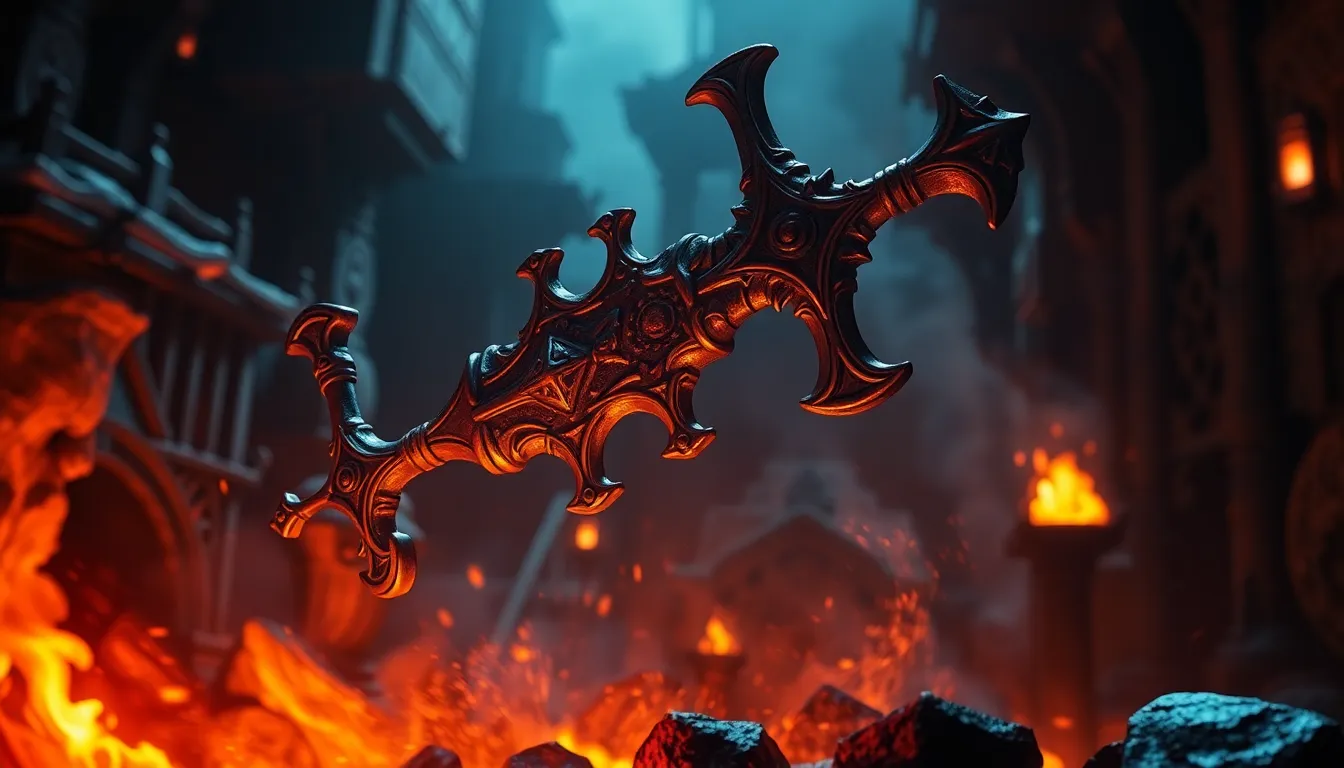Slavic Mythology: The Art of Metalworking and Smithing
Introduction
Metalworking and smithing held immense significance in Slavic culture, deeply intertwined with their mythology and worldview. Slavic people regarded metal as a powerful material, capable of shaping tools, weapons, and ornaments that influenced both the physical and spiritual realms.
The Importance of Metalworking in Slavic Culture
Metalworking played a crucial role in Slavic society, providing essential tools for everyday life, including farming implements, cooking utensils, and weapons for hunting and warfare. Skilled metalworkers were highly respected and considered masters of their craft, possessing knowledge and abilities that were passed down through generations.
The God of Metalworking: Svarog
In Slavic mythology, Svarog was the supreme god associated with metalworking and fire. He was believed to be the creator of the world and the father of other gods, including Dazhbog, the sun god, and Perun, the thunder god. Svarog was often depicted as a skilled blacksmith, forging the tools and weapons of the gods and humans.
The Role of Smithing in Slavic Mythology
Smithing was a sacred practice in Slavic mythology, closely connected with the cycle of life and death. Smiths were believed to possess the power to not only create material objects but also shape destiny and influence the supernatural world. Metalworking rituals were often performed to mark important events such as births, weddings, and funerals.
6. The Symbolism of Metalworking in Slavic Culture
In Slavic culture, metal was imbued with profound symbolic meanings. It represented strength, durability, and protection. Metal objects were often believed to possess magical properties, serving as amulets and talismans against evil spirits and misfortune. Additionally, metalworking was associated with the celestial realm, with the forge representing the sun and the anvil representing the Earth.
7. Metalworking in Slavic Folklore and Legends
Metalworking features prominently in Slavic folklore and legends. The mythical hero blacksmith, Kovač, is known for his exceptional skills and magical abilities. Tales of enchanted swords and other magical weapons crafted by skillful smiths abound in Slavic mythology, reflecting the deep reverence for metalworking and the belief in its transformative power.
8. The Preservation of Slavic Metalworking Traditions
Despite the passage of time and the influence of modern industrialization, traditional Slavic metalworking techniques have been preserved in certain regions of Eastern Europe. Contemporary artisans continue to practice the ancient methods, creating intricate and beautiful works of art that draw inspiration from Slavic mythology and folklore.
9. The Influence of Slavic Metalworking on Other Cultures
Slavic metalworking techniques had a significant influence on the development of metallurgy in other parts of Europe and beyond. Slavic smiths were renowned for their mastery of forging, casting, and other metalworking arts, which spread throughout the continent and influenced the metalworking practices of various cultures.
10. Conclusion
The art of metalworking and smithing held a central place in Slavic mythology and culture, embodying essential values, beliefs, and practices. From the reverence for the god Svarog to the symbolism of metal and the preservation of traditional techniques, the legacy of Slavic metalworking continues to inspire and captivate people to this day.
FAQs
Q: Was metalworking considered a sacred art in Slavic culture?
A: Yes, smithing was a sacred practice closely connected to the cycle of life and death, with metalworkers believed to possess the power to influence the supernatural world.
Q: Which Slavic god was associated with metalworking?
A: Svarog, the supreme god of Slavic mythology, was the patron of metalworking and fire, believed to be the creator of the world and the father of other gods.
Q: Are there any contemporary artisans who still practice traditional Slavic metalworking techniques?
A: Yes, in certain regions of Eastern Europe, contemporary artisans continue to preserve and practice ancient Slavic metalworking methods, creating intricate and beautiful works of art.




